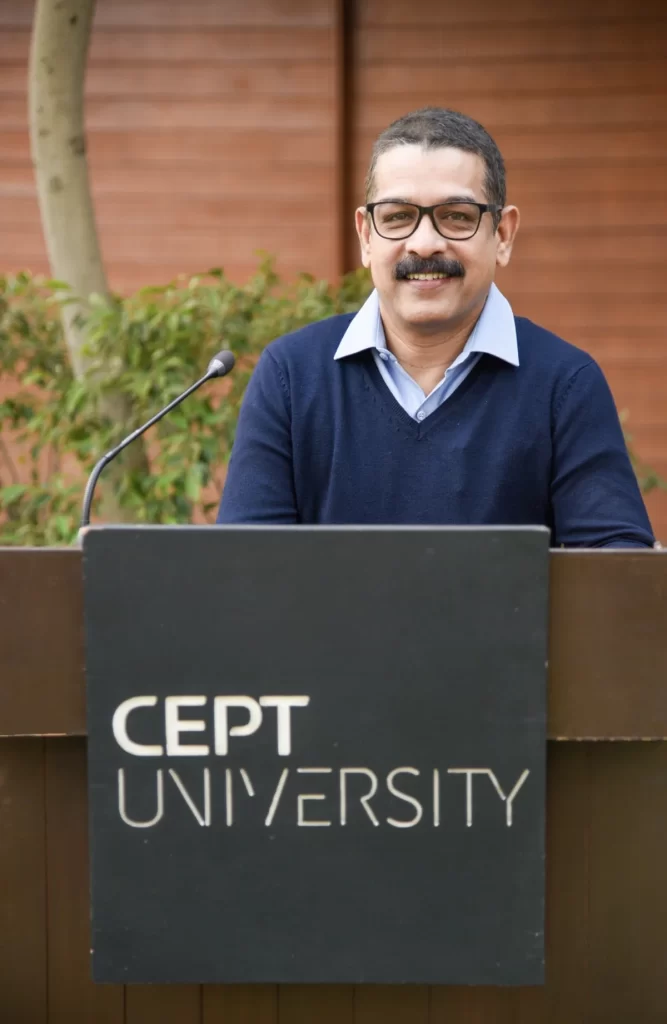Introduction
Christopher Benninger regarded as a legendary figure of Indian and international architecture, had built a great legacy which will keep inspiring generations. Great Expectations: Notes to an Architect, his most recent and final book, published posthumously in October 2024, is a sequel of sorts to his bestselling 2011 title, Letters to a Young Architect, and a philosophical retrospective of his distinguished career. This column considers the quality of his life’s work, the spiritual pursuit of architecture, and the indelible impression he has left on the profession.

The Spirit of Architecture: A Life of Self-Discovery
His writing also conveys that, for Benninger, architecture is not just a vocation but a kind of spiritual calling. He reminisces about where he found his early influences, from receiving Frank Lloyd Wright’s The Natural House at 14 to discovering work by Le Corbusier. These experiences propelled him down a path of lifelong self-exploration, connected to truth-seeking and a profound understanding of the human experience. The book is organised into four chapters corresponding to a critical phase in the development of an architect: Architect in the Making, Architect in the Studio, Architect in the Labyrinth and Architect in History. In doing so, Benninger leads readers through the profession’s trials, triumphs, and philosophical undercurrents. His insights manage to echo the dilemmas of the younger architect, but also timeless clues towards navigating the labyrinth of design, practice and education.

A Testament to Mentorship and Collaboration
Benninger’s great respect for the Guru-shishya tradition reinforces his view of architecture as an inter-generational as well as a collaborative exercise. He thinks back and draws on his experiences with great minds and teachers whose values and ideals influenced his own work. As a teacher and mentor, he guided countless students and professionals, underscoring the importance of continuity in architectural values. His collaborations with Dr. Bimal Patel who is behind the launching of the book is one such example. In the introductory foreword, Patel recalls their mutual dedication to rational and humane design principles, instilled by upbringing in worlds of great scientific and social optimism.
The Book as a Manifesto for the Future
The execution of Great Expectations is just as much about the past as it is a vision of the future. Benninger had faith in the ability of architecture to enhance the human condition. He urges the architects of today to take their rightful place in bringing forth a better world, not by fantasising about traditionalism but by forging with lucidity and accuracy. The book, put together in his final hours, is a moving patchwork of lectures, correspondence and notes from the previous 14 years of his life’s work. Rich with Benninger’s hand-drawn illustrations, it provides insight into his thought process and artistic sensibility. As his long-time collaborator Ramprasad Akkisetty explained during the launch, the book speaks to a storyteller and philosopher on the inside.

Ramprasad Akkisetti speaking at the launch of Christopher Benninger’s book Great Expectations| Courtesy: CEPT
A Legacy of Realised Dreams
Benninger’s career, which spanned more than half a century, began with a formal education in the United States before his groundbreaking work for Indian architecture. Ranging from the School of Planning at CEPT University to various awe-inspiring projects with CCBA, his work embodies a unique fusion of creativity, practicality and deep social consciousness. The launch of the book at CEPT University was an appropriate acknowledgement of this legacy. It was attended by luminaries from the architectural world, including Barjor Mehta, Tridip Suhrud and Karan S. Gandhi, who contributed to the book’s completion. Their remembrances underscored Benninger’s work as a visionary theorist and practitioner who challenged the limits of architecture.

Conclusion: The Spirit of Continuity
Great Expectations is a manifesto for architects and thinkers urging each of us to work with integrity, empathy, and purpose. The “spirit of continuity” which Benninger refers to underscores his belief in architecture as a living language, an evolving tradition that links the past, present, and future. Published by CEPT Press, the book is a resource that merits the library of every architectural and engineering institution in the country and is an essential addition to the supplement and the collections of the building environment enthusiasts. The book reminds us that architecture is more than just form; it forms lives’, as we turn the pages of this final gift from Christopher Benninger.
Contributor





